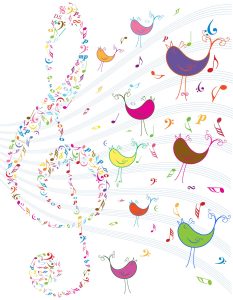As it says in Exodus chapter 3:1-5. Moses was tending his flock near the mountain of God called Horeb. There the angel of the LORD appeared to him in flames of fire from within a bush. Moses saw that….. though the bush was on fire it did not burn up. So Moses thought, “I will go over and see this strange sight —why the bush does not burn up.” When the Lord saw that he had gone over to look, God called to him from within the bush, Moses! Moses! And Moses said, “Here I am.”
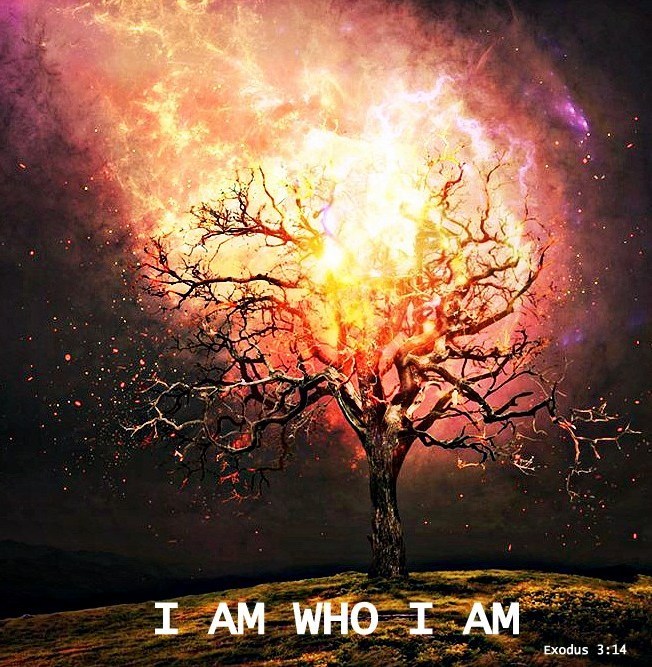
The Labyrinth is a part of our Catholic tradition found in some of the European churches as early as the 4th century. They served as a pilgrimage for those pilgrims who couldn’t travel far from home. They could make a pilgrimage with God in their heart. It is also found in the Native American, Judaism, and Celtic traditions. It is a form of silent prayer where we listen to the still small voice of God.….
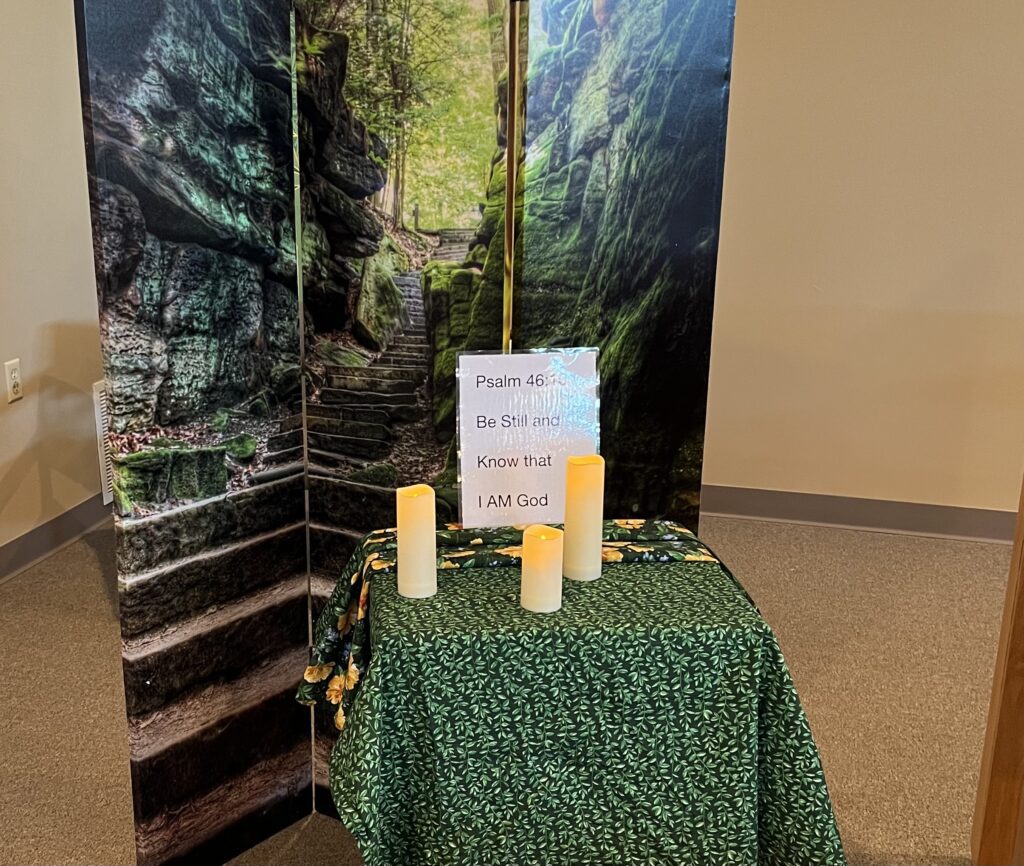
If we learn to love the earth, we will find labyrinths, gardens, fountains and precious jewels! A whole new world will open itself to us. We will discover what it means to be truly alive.
St. Teresa of Avila
The labyrinth represents your life with its mysterious turns. At the center of this journey is your soul where you can meet God and tell your story. Some doors will be opened and some entries will become closed, opening a space for new energy in your life to develop. Sometimes when we walk the labyrinth we choose to stand on a threshold, pondering, reflecting waiting for some answers. Know that our loving God is walking next to you seeking and searching with you…. sometimes you may even feel carried by God.

This cloth holds the energy of all who have walked here and will keep the energy of many in the future. Symbolically it represents a pilgrimage to the Holy Land and Jerusalem. And, it can represent, the desert, the pilgrimages of old, the steps that the apostles took before us, or the road to Emmaus. I invite you to imagine where you would be as you enter into this journey.
Just pause for a moment and breathe into this space, the kingdom of heaven is here right now. We are present with the communion of saints those who have gone before us. Those who have walked a pilgrimage around the world..… I invite you all to begin walking on this Holy ground in your mind or outdoors.
Remove your shoes and enter when you are willing. This Labyrinth represents your life and the relationships in your life. As you walk along the path it may remind you of the turns that your life has taken. Some of those turns may have evoked fear, some may have led you down a path that you never dreamed would happen to you. All of your life has meaning with GOD and together you co-create your best self. As you pass people along the way you may stop and acknowledge them and gently step aside so you both can pass on your journey. You may also feel that you want to stop at a certain place
because you feel a sensation in your body, a thought comes through that you want to reflect on, or emotion wells up in your heart. There is no judgment, no reaction, no resistance, no retreating… just love, holding space with unconditional love.
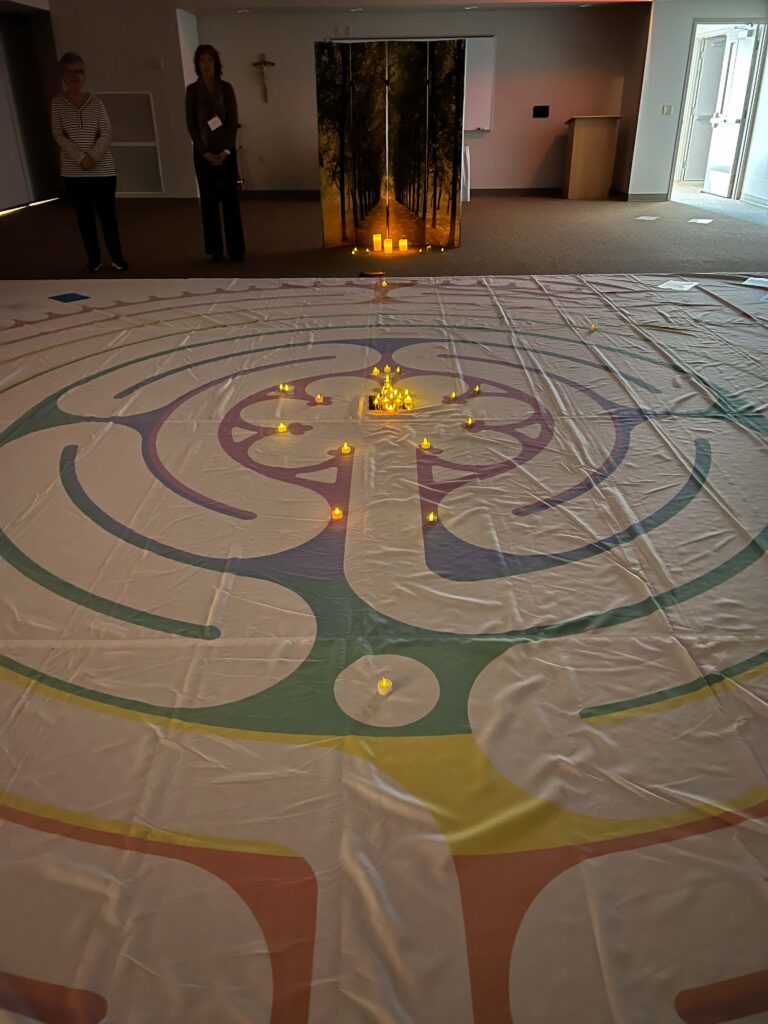
As you make the turns in the Labyrinth you will reach the center which represents your soul with God. “The burning bush, The great “I AM” Stay here if you would like, sit here, prayer here, bask in the LOVE OF GOD, Allow the flames of the Holy Spirit, “the tears of fire” as Catherine of Sienna called them, to warm your soul.
Through Divine grace: We are still, calm, quiet, whole, loving, gentle, earthy, serene, faithful, blessed, relaxed, trusting, humble, beloved,
forgiven, mystical, merciful, prayerful… And meditative. Were are visionary, conscious, embodied, undistracted, contemplative,
compassionate, presence, wisdom, delight, silence, peace, joy, and love.
By Divine grace “we are……”
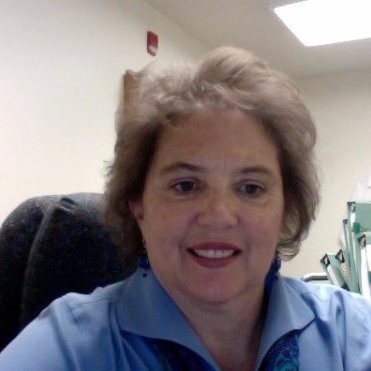
Written by Jean Theile
Jean is a long-time member of Blessed Sacrament. She has been a geriatric nurse practitioner for 30 years and a spiritual director for 6 years.
